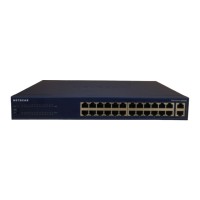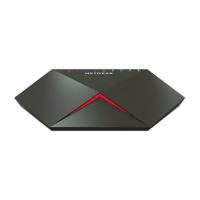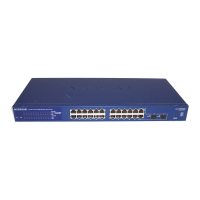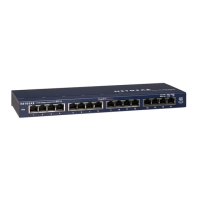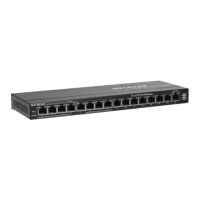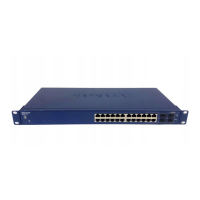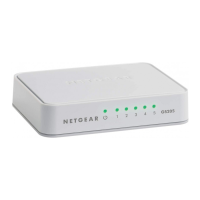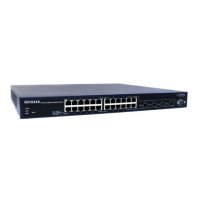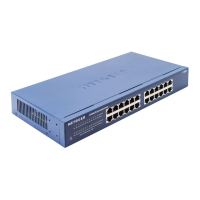Configure System Information
88
S3300 Smart Managed Pro Switch
The behavior of Firmware Synchronization is the same whether the system is powered on
after connecting all the new members or if a new member is adding during the running
operation of the stack. Stack Firmware Synchronization starts only after the stack manager
selection is complete.
You can disable downgrading the image on a stack member during Firmware
Synchronization op
eration. The Firmware Synchronization configuration parameters are
global and cannot be changed for each individual stack unit.
If the stack member code is mismat
ched stack, then the backup image of the stack member
is used for Firmware Synchronization.
The reboot operation is allowed, even though there is a synchronization operation in
progre
ss. In case of firmware corruption during Firmware Synchronization, manual
intervention by the operator is required to bring the switch back to working condition.
To configure the Stack Firmware Synchronization:
1. Click Syste
m > Stacking > Advanced > Stack Firmware Synchronization.
Figure 50. Stack Firmware Synchronization
2. Enable or disable the following settings:
• S
tack Firmware Auto Upgrade. Use this field to enable or disable the Stack
Firmware Synchronization feature. The factory default is Disabled.
• Tr
aps. Use this field to enable or disable the sending of traps during Stack Firmware
Synchronization Start, Failure, and Finish. The factory default is Enabled.
• Allow Downgrade.
Use this field to enable or disable downgrading the image on a
stack member if the stack member’s version is newer. The factory default is Enabled.
3. Click the Appl
y button to send the updated configuration to the switch. Configuration
changes take place immediately.
4. Click the Cancel
button to cancel the configuration on the screen. This resets the data on
the screen to the latest value of the switch.
5. Click Up
date to update the page with the latest information on the switch.
Multiple Stack Links
The S3300 platforms contain two dedicated (non-combo) 10GBaseT copper links (ports) and
2 dedicated SFP+ fiber links. Any of these links can be configured for normal Ethernet
operation or stacking operation. When these links are configured for stacking operation,
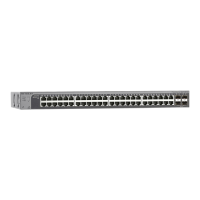
